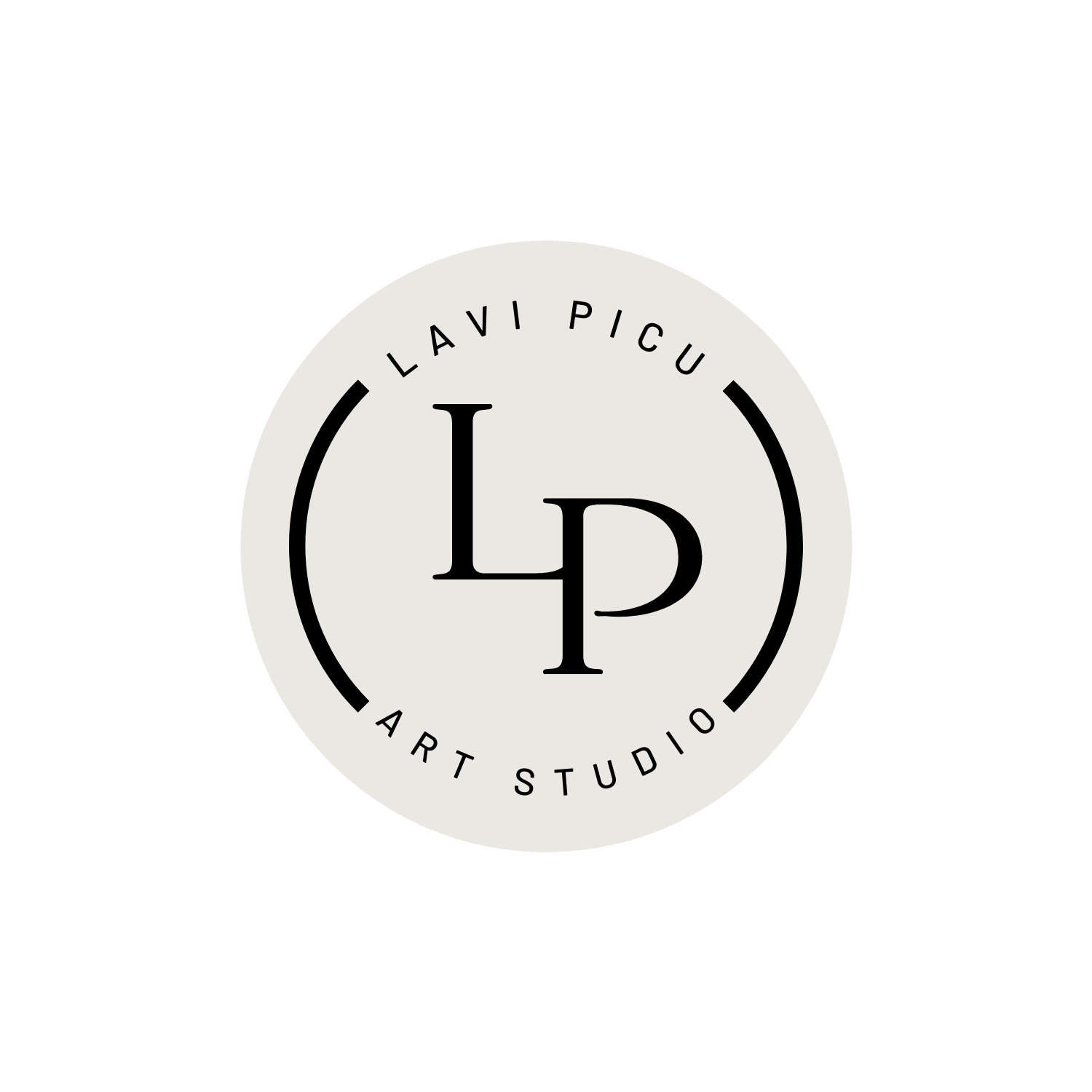Beneficial effects of doodling
Many people use art as pain management therapy. It can be painting, drawing, sculpting, writing or even doodling. Yes, doodling has a bad rep but many studies have shown that it can help increase learning, productivity, enhance performance and decrease one’s pain.
MARTINI TIME
How is that possible? When your mind is focused on it, it helps you unwind. By unplugging yourself from your stressful day, doodling enables you to get in touch with your creative insight, lighting up different areas of your brain.
HEARTBREAK
When you doodle, the brain is engaged in a different way and it allows you to “digest” emotions as well as to regain perspective on many aspects of your life. By allowing your mind to take over and focus on the doodle, your amygdala (the part of your brain responsible for the fight or flight response) gets relaxed.
FOUR AGES OF MEN
Although creativity is a relaxation booster, you need to use it consistently if you want to see results. If you don’t use it, you loose it. You do not need to be an artist or to have any skills to start doodling. If you can squeeze in five to ten minutes of doodling per day, you may tap into your creativity and feel less stressed.
FAMILY REUNION
All you need to start is a piece of paper and a pencil or a pen. Grab a marker, a Sharpie or Crayola – anything that you have handy. Remember that it does not need to be a piece of art. Don’t worry if your lines look primitive or aren’t too aesthetic! Let your mind express itself freely through your doodle.
PARTY AT THE ZOO
Doodling is an act of cognition. Used as a tool, it can change one’s physical and neurological experience. This visual language is being used by many as a way to cope with pain. A simple form of thought that enables people to manage their illnesses and go on with their lives.
EMOTIONS
Societal norms imposed on us affect our perception of things. We are told what we should think, do or even draw. From a young age, we are conditioned into a certain perception or another. We are being taught what is the right or wrong way for everything in our lives.
HALLOWEEN
Children are very creative souls because they are free of all of these restrictions mentioned above. Though while they grow, they tend to loose their creativity because they start caring more about what others have to say. How many adults have you seen playing, sketching, drawing or doodling? Except for those that they do it as a job!
TEARS FOR FEARS
Most of them consider it a foolish activity, a complete waste of time without being aware of what they are depriving themselves of. Some may consider giving it a try, but they worry of being ridiculed by others or they simply worry that their doodle won’t resemble to a piece of art.
PROFILES
Doodling is a great activity to perform alone or with your child. It is fun, bonding and has many beneficial effects.
GRUMPY GREEN LIZARD
If the time allows you, you can take your doodling activity to the next step: coloring, a well known alternative to meditation for grown-ups. Doodling and coloring may not be the equivalent of taking an art therapy session, but they can certainly boost your spirit, realign your purpose and make pain more bearable.
LITTLE PICASSO
Most of the doodles and drawings presented in this post were done with my 6 years old helper. He starts by doodling something on a white page and my role is to turn the doodles into “little monsters” that he likes to color with me. I am thinking it would be fun to try doodling with acrylics on canvas with him. He loves painting with acrylics! Would you like to read about how that goes?Which one of doodles above you liked the most?
What about you? Do you like to doodle? Would you care to show me one of your doodles in the comments section below?











